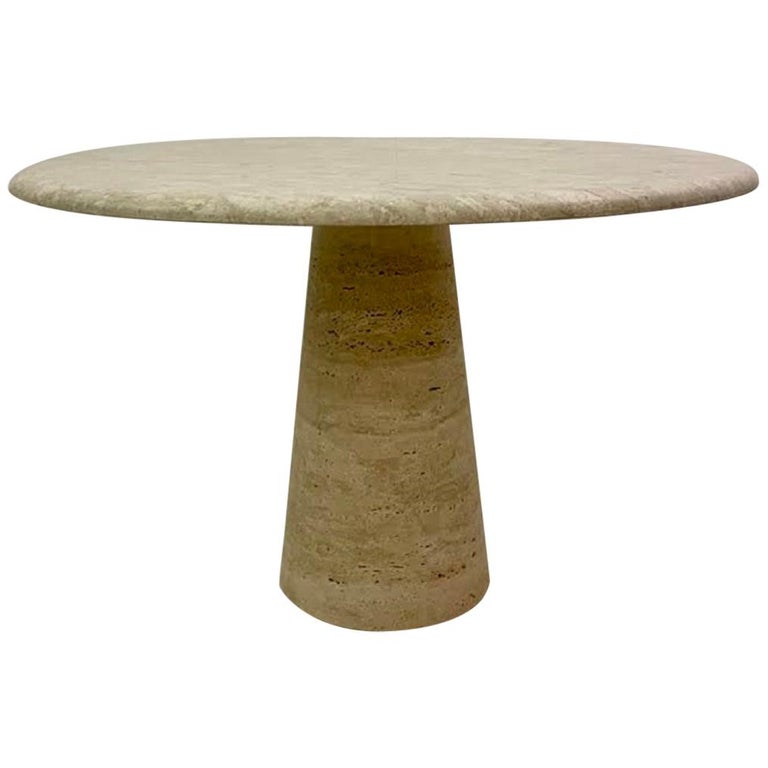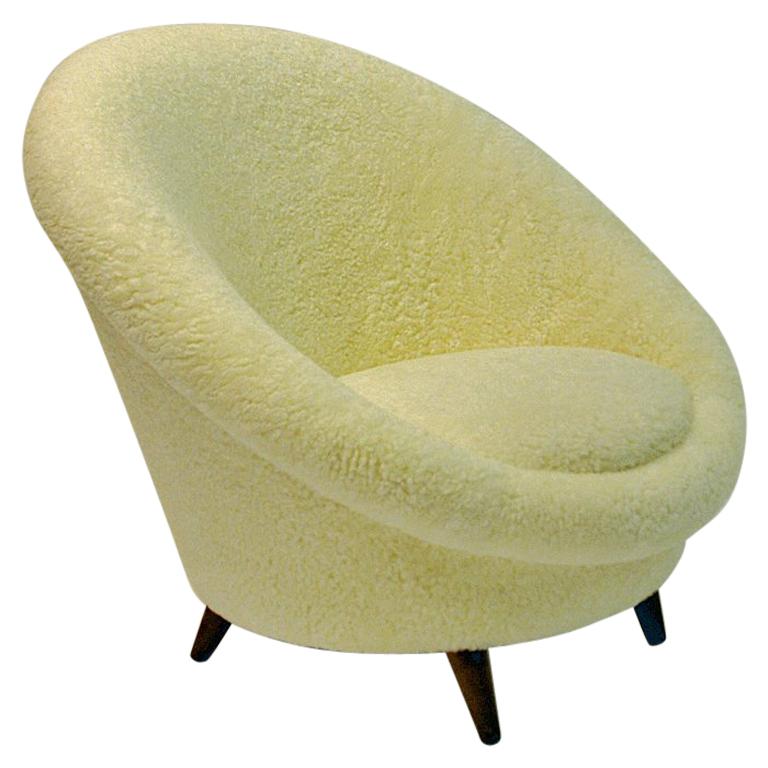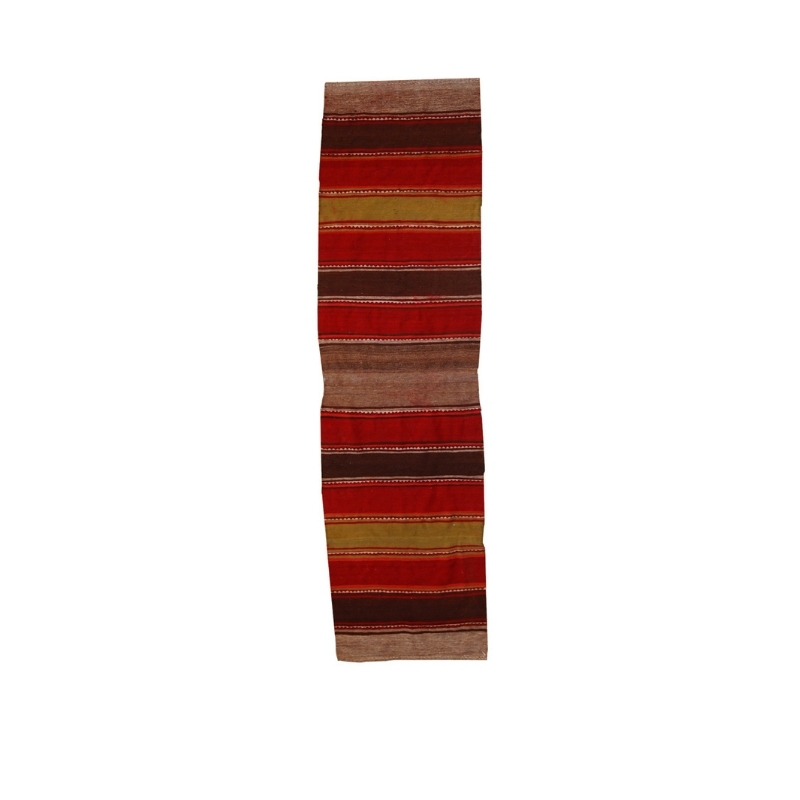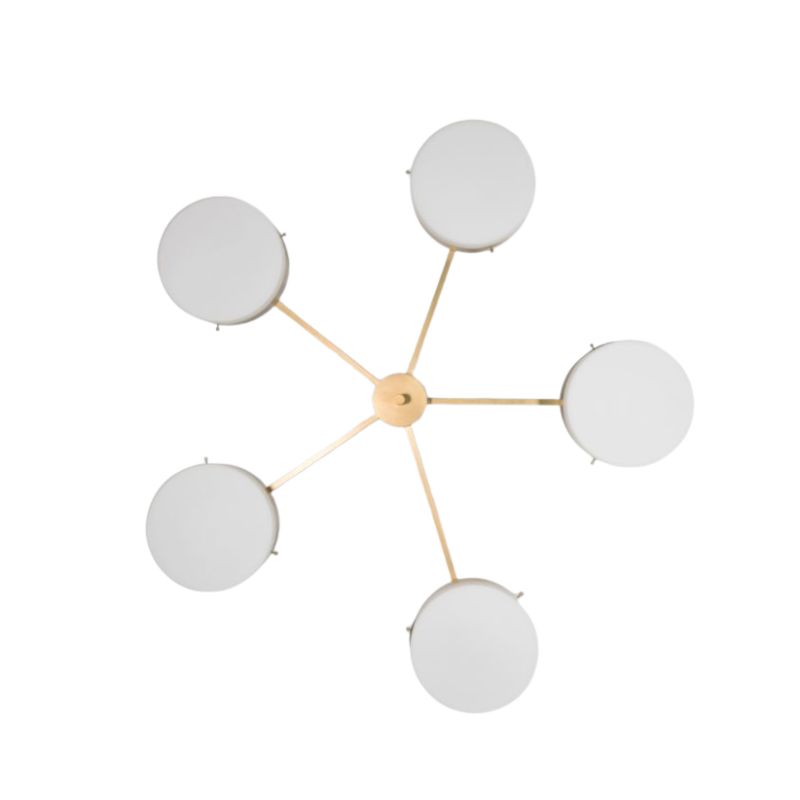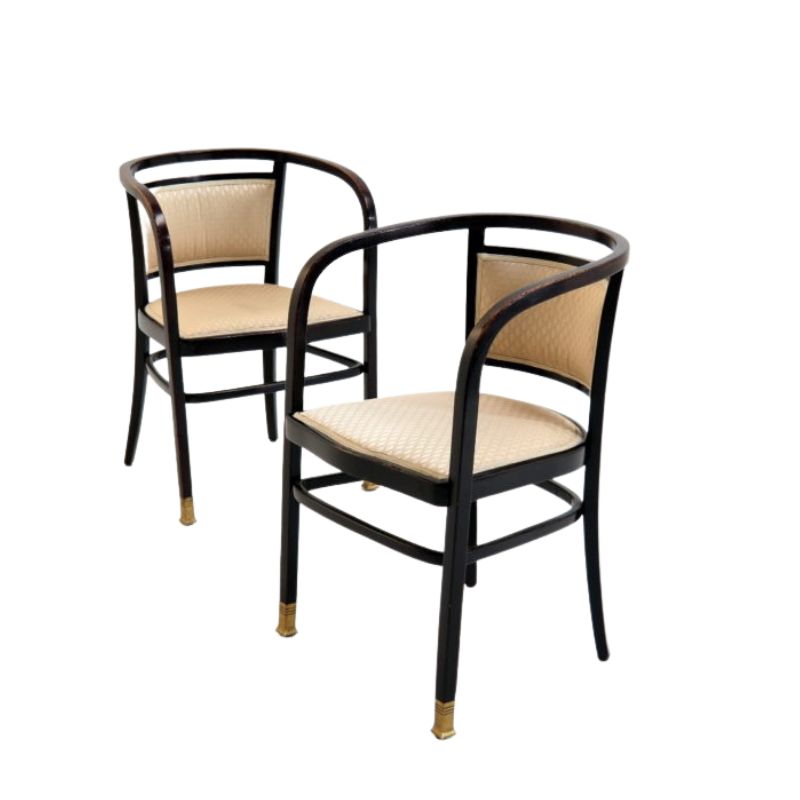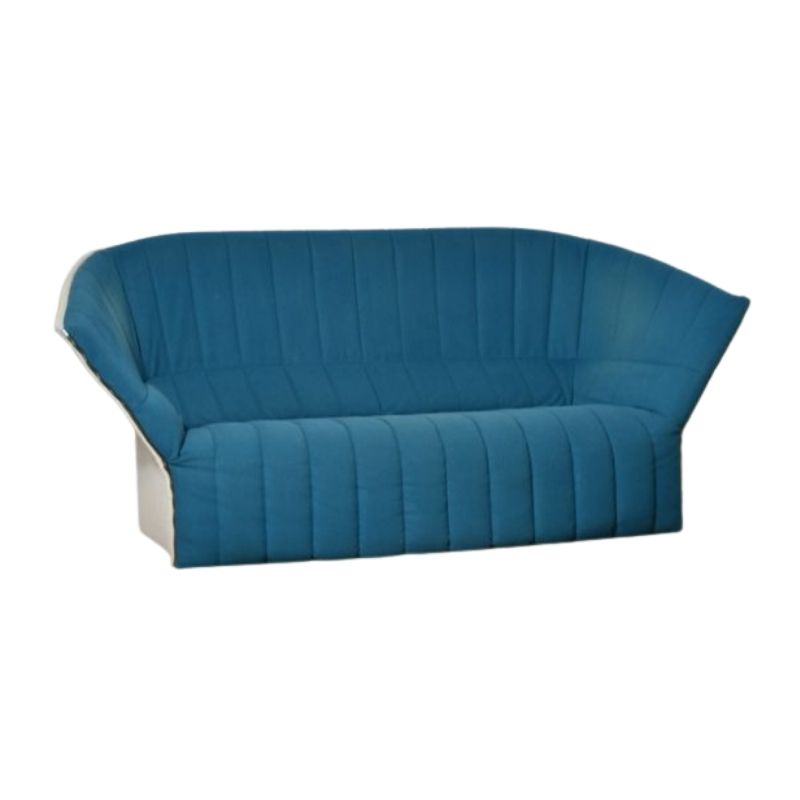hi all, i wrote this in response to a question asking where did the consumer fit into designers priorties during the 20th century . i was under tight word limits so it is very brief for the subject. comments are sought, especially about the painfully short ending. thanks, bill
The issue of the consumers impact on design are linked to other philosophical aspects of the various movements throughout the twentieth century. We can separate them into categories based on how important this issue was for designers. Though it is a sliding scale of sorts, we will try to identify three types: no concern, some, but subordinate to other issues, and primary concern or a least equal to other issues.
The idea of the consumer cannot be well evaluated without taking affordability into account. By todays standards, when the overwhelming majority of designed objects are machine made, hand crafted objects are the domain of the wealthy few. Also almost all design is market tested now, and this makes the consumer a primary, and sometimes, the sole concern (towards the goal of profit). This is in stark contrast to other concerns held by modern designers and movements up to the mid century and beyond.
There were isolated cases like that of De Stijl, who pursued design as theoretical exercises as an extension of art, and contained no real concern for the consumer. For the user, layout of interiors may have succeeded, but largely by coincidence. Many of the furnishings (especially chairs) were sculpture that just happened to take the forms of furniture. And in a strange sort of opposite, there was the anti design movement, that had great concern for educating the consumer, but like De Stijl did not hold catering to the public a priority.
Prior to the Bauhaus almost none of the major design movements employed machine production to speak of, though many professed wanting to create good design for the general public. The creation of expensive handcrafted designs by Morris, Van de Velde, Loos, Wagner, and other may have included the consumer in their philosophies, but their work precluded access by a wide public, demonstrating that this was not their top priority.
The most notable exception to this exclusionist craft production before world war one was the Deutscher Werkbund. Instigated by Hermann Multhesius and with leading practitioner Joseph Hoffmann, the DWB was formed as an alliance between designers and manufacturers to increase industrial output of designed goods. This arrangement implies that with the consumer as the end of the process, goods designed for mass appeal were a priority. Due largely to the war and its economic aftermath, the DWB did not make the commercial impact that was its potential.
pt.2
The notable exception to modern design succeeding in an industrial setting from this period was the work of Peter Behrens for the electric company AEG. Aside from designing all aspects of the companys public face, Behrens designed domestic products such as electric heaters, fans, kettles, and clocks that met with commercial success. In this unusual case it is difficult to evaluate how great a role consideration of the consumer played in this success. These were new products that were essentially without competition in the marketplace. So it may not have mattered that they were advanced modern design works with any public consideration at all. They very well may have sold because there was no competition for these products, and no historical designs attached to them that needed to be overcome.
Though the Bauhaus went perhaps a bit too far for some consumers, their approach to design had the consumer as a serious consideration. Not only did they present machine made designs that were more affordable for many, they professed the view that a healthy and hygienic modern environment would be available for all. This sanitizing impulse can easily explain designs that sometimes had (in todays term) a clinical look to them (it would be a great selling point today for the increasing number of allergy sufferers and germ-phobics among us).
It is a common thread that designers have a significant elitist element to their theories in the we know what is best for you department (bless their hearts). This fact kept the consumer from ever becoming the dominant factor in design, if you consider what the consumer wants as the ultimate consideration. These theoretical processes for design were the norm until Sloanism beat out Fordism as the way to utilize design in manufacturing. While design movements may have missed the mark about what was best for the consumer, or likely with equal measure made a bad assumption that people even wanted things that were in their own best interest, at least the early modernists didnt turn to emotional predation the way Sloanist styling changes did. Sloanist methods of marketing quickly sealed off the automobile industry from any meaningful design considerations, and instead took consumers for a ride based on their fears, desires, and fantasies. With annual design changes the consumer was caught in a status race that could be compared to the more ornament the better issue that the aesthetic movement fought. The only difference was the addition of new to fancy for design appeal. This calculated effort to sell more when there was no public need spread into all areas of consumer design and is the norm today. What started with the anti design movement as a commentary on sloanism and consumerism is now the early stages of sustainable design attempting to put the fight against these destructive methods into practice. Design is back.
The Distance Between Designer and Person Designed For Pt 1
Looking at the "isms" and "movements" to understand the consumer's place in design in the 20th century is certainly one approach to the analysis. But it is a bit like Plato's metaphor of looking at the shadows on the wall of the cave. One sees the silhouette of the fire, but not the fire itself. I'm big on going straight to the fire, when the fire is accessible.
To me, the individual's consuming characteristics, at any time in history, represent a trade off between a quest to satisfy basic needs and passionate wants with the technological means at hand of satisfying those needs and wants. Technology to me is systematized knowledge translated into infrastructures and goods and services that facilitate the satisfying of those needs and wants. All technique and technology are attempts at rationalizing knowledge into routinized process that can be controlled for some purposes. The purposes are almost always to routinize satisfaction of a designer/producer/marketers own needs and wants through routinizing satisfaction of needs and wants of other persons. Routinized satisfaction of needs and wants is something very basic and something almost all persons will give something of value to get.
I lay this all out (restatement of common sense mostly) to make the point that whatever the consumer was in design in the 20th Century, the consumer was that because of the constellation of rationalizing forces at work during the 20th Century and because of the rationalizing legacies of previous periods coming to substantial effect in the 20th Century.
The Distance Between Designer and Person Designed For Pt 2
Now let's roll up our sleeves and actually characterize the arc of the consumer in the 20th Century.
At the beginning of the 20th Century, the consumer was a mostly rural, or small town person beginning to have the barriers of all paths of communication drastically reduced. Shipping in the 17th-19th Centuries had connected the politics and economies of continents. Canals and trains connected the politics and economies of cities on continents in the 18th and 19th Centuries. Harnessing of energies underlaid all of these linkages that were accelerating the communication between persons, economies and governements. The printing press had for several centuries been slowly acccelerating the flow of information, but its convergence with harnessed steam and electrical energy generalized the availabilty of information and the speed that it moved. These infrastructures heightened the awareness of choice about what on could consume and where one could consume it. But none of this could have been possible without the concurrent technological advancements in banking/fiance/currency which facilitated it. Yet even with all the above, at the beginning of the 20th Century, consumers were still most rural and small town persons only beginning to make the choice, partly willingly and partly under coercion, toward urban and suburban life.
Designing (or perhaps manufacturing for, as there were few specialized in design at the time) for rural and small town persons with still modest mobility and alot of isolation from what was happening outside their communities was a fundamentally different problem than designing for trained consumers at the end of the 20th Century. At the beginning of the 20th Century, incomes were modest, booms and busts pronounced and frequent, goods bought had to last and be repairable by the person who bought it, or be so cheap as to be tossed and replaced and few things were still disposably cheap. Work was beginning to be increasingly mechanized on the farms and factories dominated the cities. The Standard's 19th Century monopoly of kerosene had replaced and vastly expanded consumption of manufactured light around the world; this amplified the advantages of running factories round the clock, or at least in periods of darkness at the beginning and end of the day. In turn, a person's life became increasingly routinized by his work, time became scarce, and time saving goods and services that would have less sense before became highly desirable.
The Distance Between Designer and Person Designed For Pt 3
And when the bike and then the car came along the consumer began to be a person who's spatial linkages among home, work, shopping and recreation drastically changed. And this change of spatial access fed into, unintentionally at first and then intentionally later, a very old property rights infrastructure dating back several centuries, one that had been created to buy and routize the loyalty of the upper classes and feudal lords originally. The convergence of the mobility of the car technology/infrastructure and the wealth building capacity of the property right infrastructure, lead to long term, systemic trend toward increased property ownership by more persons and decentralization of residency. At the same time technological change in elevators, HVAC, building materials science and engineering, sewer, water, mass transit, and highway infrastructure, converging with this old property rights infrastructure, and the emergent credit capbabilities of private central bank driven finance in a representative democracy with laws and courts capable of enforcing the interests and investments of large players, caused massively dense commericialization of the cities. And over the course of the 20th Century, information technologies/infrastructures keep being developed (telephone, movies, radio, television, cable and internet)and implemented based on advertiser driven models that lead oligopolies of media companies, advertisers, producers and PR firms that quickly set the new communication infrastructure to the service of both the infrastructures themselves and to legacy infrastructures that have facilitated their creation and will acquire them one way or another unless the new infrastructures help perpetuate at least some of the old infrastructures.
The Distance Between Designer and Person Designed For Pt 4
By the end of the 20th Century one has evolved from a rural/small town consumer with modest income battling decreasing, but still considerable isolation and communication friction to a largely urban/suburban consumer with more disposable income, vastly greater freedom of movement, vastly more choices to choose from in goods and services (though,ironically, vastly more oligolistic provision of any particular good or service), and vastly greater access to information in vastly quicker time to access it.
Ironically again, the resultant consumer at the end of the 20th Century was not the rationalized, mass consumer clone the producers, advertizers, PR firms, and states had spent massive quantities of state educational indoctrination, advertising, propaganda and psy-ops monies to create and chanel. Instead, the person had become only partly the mass consumer clone the above constellation of forces had sought to condition, coerce and incentivise into existence. That person had also become obese (by every yard stick consuming to much of the wrong kinds of foods and drinks), depressed (record amounts on anti depressants), alcohol and drug dependent in record percentages, acutely religious in the most magical of ways (large percentages of the American consumer believing in the literal existence of angels and demons), indifferent to saving, disillusioned with a highly corrupted representative government that routinely produces elected officials that serve the same narrow special interests regardless of what they say in campaigns, and so starved of logic (by the intentional and calculated withdrawal of logic and logic desended learning models from public education) that they can be persuaded by even the most primitive means of mass communication to believe in giving up their habeaus corpus, accepting the shredding of their Bill of Rights, becoming accessories to the crime against humanity of torture prison archipeligos, nodding their heads at gibberish political science like the unitary president, or gibberish military doctrine like pre-emptive warfare, or bogus cause and effect like Iraq had something to do with 9/11.
The Distance Between Designer and Person Designed For Pt 5
So: what designers were designing for by the end of the 20th Century and early 21st Century, were persons with credit cards effectively without credit limits (compliments of the covergence of private central banking and digital information technologies), so lied to by governments, news organizations, advertisers and public relations firms and intelligence organizations disseminating propaganda through as many media paths as they deem useful in any given strategic situation, that designers are now designing for sizeable numbers of persons (aka consumers) who combine unprecendented levels of cynicism with being misinformed with unprecendented levels of bogus information and thinking about it all with little or no logic and a lot of magic, and wishing desparately to relieve the dissonance of it all with any means of immediate gratification possible. And surprise, surprise, the legacy infrastructures described above, plus this new hydraheaded infrastructure of the internet and its babylonian babbel of disembodied content are converging to provide them new fitting formats like myspace.com to "communicate" with others in the same condition. This is really what designers of the late 20th and early 21st Centuries are faced with designing goods and services for--the myspace.com and facebook.com saturated social networking consumer of the internet.
Now where has the designer been in design in the 20th and early 21st Centuries?
Well, he has been riding the same wave of change that the consumer has been. He has been going from being able to make a living on a small scale in an economy where only some commercial activities were monopolized/oligopolized and central banking was not yet omnipresent at the beginning of the 20th century (though he may not have been called a designer back then) to an economy where virtually every infrastructure and major good or service is oligopolized or on its way to being so early in the 21st Century.
The Distance Between Designer and Person Designed For Pt 6
The designer, as has every other professional, has also gone from being one who could master all or most of the process of the design, production, financing, distribution and marketing of goods to someone who has to specialize in one aspect of the above, and who even has to specialize in designing and letting some one else render with CAD what has been designed. In short, the designers exists now out of a rise in specialization. Koen is that rare designer today who actually makes and sells things, too: design, production and marketing are combined in at least his ceramic endeavors. But of course he is only an architect when it comes to buildings, and only a designer when it comes to trash cans for one of his clients.
So, it only stands to reason that the position of consumer, whose character itself has also change dramatically over the 20th Century, has been altered constantly by designers as designer's relation to the process of goods and services has changed, too.
Designers are not going to see the consumer the same way when the designer is also the manufacturer, marketer, distributer and seller, as he often may have been early in the last century, as when he is just the "designer," of the good that others manufacture, market, distribute and retail.
The Distance Between Designer and Person Designed For Pt 7
The "designer" is necessarily going to become specialized in "design" of goods and, as with most specialists, the incremental improvements in gained by specialization are going to come with incremental (or sometimes total) losses of insight into related activities necessary to bringing the product to profitable satisfaction of consumer needs.
Designers are going to become more about design, which they did early in the century as they became divorced from other parts of the product process.
And then, not subusequently, designers became more and more about sellling to the manufacturer, and designing to the retailers idea of the consumer and to fit in the retailers window for the consumer. And when the manufacturer and the retailer became oligopolists who can often dictate price and point of sale, it became more and more about how to help the PR/advertiser/marketing constellation stimulate demand for whatever was sold at whatever price was fixed. And so to the designer, the consumer became a very narrow set of buying triggers to be designed to.
The Distance Between Designer and Person Designed For Pt 8
For better and for worse, the consumer has become over the last century a creature designers know a lot more about in an abstracted, rational sort of way. Designers, through their manufacturers, distributors, marketers and retailers, know one hell of a lot about the consumer today...especially how to make things that constellation of firms think their abstraction of a consumer will buy at the price fixed in the oligopoly shelf space the oligopoly regime permits. There is lots of error in judgement and execution and there is lots of error in the difference between the abstracted customer and the real customer. But on the whole, the consumer in design has moved from being a fellow human being with a lot of unknowns about how he acted and what made him buy what he did, and moved toward being a highly rationalized abstraction of a human being about which much is known about his hot buttons for purchase. The consumer has also been moved a degree or two of freedom away from the designer, by specialization, because the designer now must design for the manufacturer's abstraction of the consumer, the marketer's abstraction of the consumer, and the retailer's abstraction of the consumer, as well, finally, as to the designer's abstraction of the consumer.
Clearly there are rational gains to be had by all of this abstraction.
But there is not doubt an immediacy of perception of the consumer by the designer that seems to have been lost.
The vase Koen designed for me, or at least for someone like me, is a fundamentally different artifact to experience as a consumer than a mass produced vase at KMart, no matter how well the designer of the KMart vase thought out the design problem. Why? Because their are more layers of players the designer must satisfy before getting around to satisfying me, the consumer.
The Distance Between Designer and Person Designed For Pt 9
The importance of what Koen is trying with his Atelier Orange products, and even with his collective design efforts here at DA, is to attempt to reduce the degrees of freedom between the designer and the person who will use it. I feel like a person when I look at the vase he gave me. I feel like a consumer when I look at the trash barrels he designs for a manufacturer. I am a complex human being. There is room in me to be both person and consumer for the good of the society and the efficiency of the economy, if it serves both the individual and society to be both. But to be only a person, or only a consumer, at the expense of myself, or my society is fundamentally immoral. Design has abstracted the person into a consumer in the 20th Century, and then placed many layers of firms between the designer and the abstracted consumer. It would do well to pay attention to Koen's experimentations and trials. I believe he is onto something as a feasible, bottom-up and first, and then top-down approach to bringing the designer back into closer contact with the consumer, and then back into closer contact with the real person behind the abstraction of the consumer. Rational, well-intended human processes fraught with error yielded the current chasm between the designer and the person designed for. Koen seems to be pointing to a path to design our way back into more closeness between the designer and the person. European rational humanism triggered the situation and in the best sense of that tradition, European rational humanism may be able to recalibrate it for the better over time.
wow!
thanks for your comments. i am somewhat isolated in my thinkings and practices at the moment and it means a lot to me that you responded. i especially appreciate the different approach to the consumer you present. what i am particularly excited about is the idea i had at the end that sustainable design seems to be taking up the evangelical calling of the early modernists. a calling that had been silenced by degrees since the advent of sloanism. also the radical shift from dealing with the machine that was the modernists task to dealing with its aftermath which sustainable design has as its task. of special interest to all the book cradle to cradle. practical, logical, natural, real world solutions to design problems. written by a designer and chemist, i feel this book may end up being as important as silent spring. and very heartining as well. definately a must for those of us who want to see where design must go. and one of their clients is herman miller!
dx wilson stramline.
That was not a responce that was a manafesto!!!!... after carfully reading it designers have been tied to products and movements since time and memorial... think about the Streamline movement of the late 30's when the USA was tired of the depression and needed
new ideas to jumpstart old products going knowhere ... wala... time to STREAMLINE objects. cigerates, personal produts, Houses then a design movement is born... That is how it happens
and
and streamlining can be seen as the commercialization of the futurists work, used here in america to move product along sloanist principles. compare the logic behind a wassily chair or lcw to cars, radios and pencil sharpeners stuffed into streamlined shells for no logical reason other than to be new and titalating (and sell) and you can see some of the coopting of modernism by commercial interests.
If you need any help, please contact us at – info@designaddict.com



